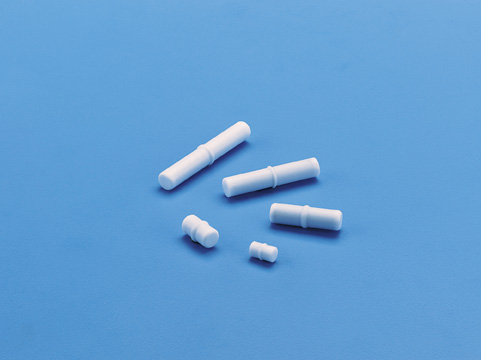1-tert-butyl 2-methyl 5-formyl-1,2,3,4-tetrahydropyridine-1,2-dicarboxylate, 95%
- CAS Number : 2171460-57-2
- IUPAC Name : 1-O-tert-butyl 2-O-methyl 5-formyl-3,4-dihydro-2H-pyridine-1,2-dicarboxylate
- Inchi : InChI=1S/C13H19NO5/c1-13(2,3)19-12(17)14-7-9(8-15)5-6-10(14)11(16)18-4/h7-8,10H,5-6H2,1-4H3

